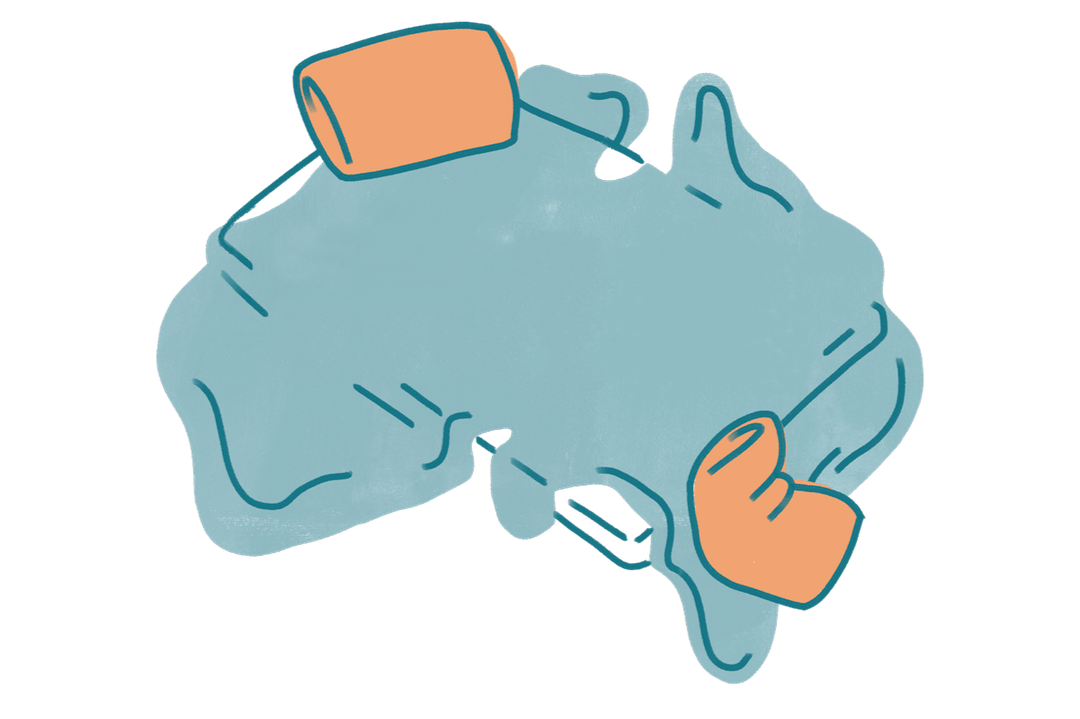
Normal's Big Australian Sex Survey
We set out to survey over 1,000 Aussies, from Gen Z, to Boomers and beyond, to better understand the nation's thoughts on sex, sexuality, and pleasure.
We're all familiar with the sex education we get in school. Whether it was Healthy Harold, the P.E Teacher with pre-written note cards, or that external company who came to your school and insisted on singing about intercourse.
But what are Australians actually learning, and what are they actually doing? At NORMAL, we wanted to understand what's happening with trends in sexuality and sex on a deeper level.
Sex is changing
Join Normal for modern sex education, cultural analysis, and evidence-based insights from experts.
Your trust and privacy is important to us. We'll never share your email. Unsubscribe anytime.

Are we teaching our kids enough about sex? Do older
generations get off more? Which state has the kinkiest
population? Are we a lights on or lights off nation?
We found out dozens of interesting insights into the
Australian psyche. Here's just a few of the major
revelations.
01: Sex Education
Our sex education is falling short

One of the most eye-opening findings from our report has been the lack of good sex education on anatomy and contraception for recent graduates.
We're failing to even teach the basics.
Even Gen Z said they did not receive sex education on how pregnancy occurs
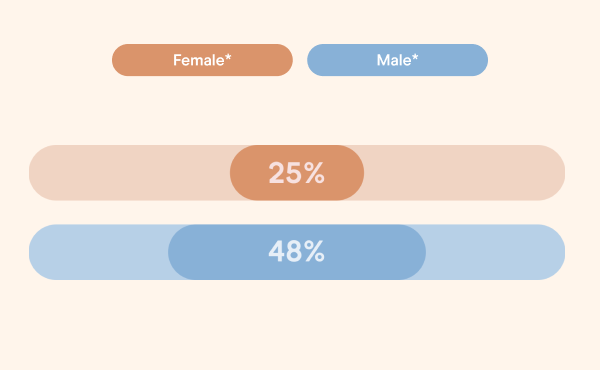
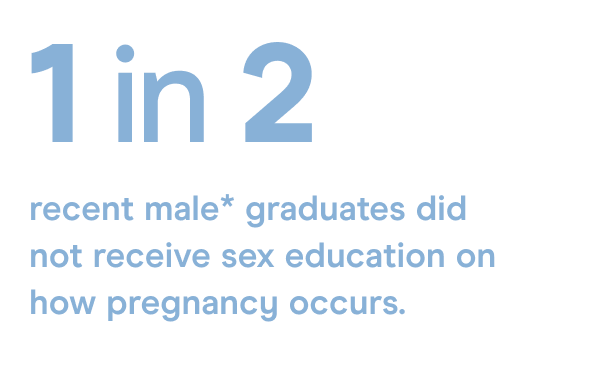
Gen Z also said they did not receive sex education about types of contraception
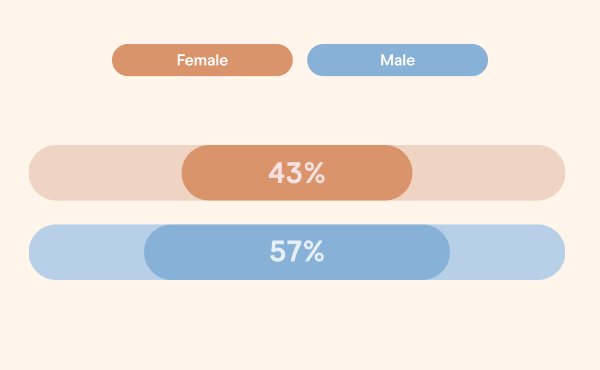
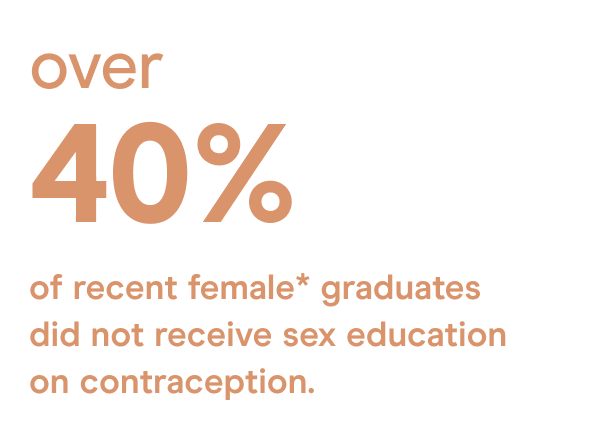
Respectful relationships and consent have rightfully been in the news lately. And the data confirms that our schools are failing students when it comes to consent education - even recent graduates like Gen Z.
Gen Z: Learned how to discuss consent with a partner
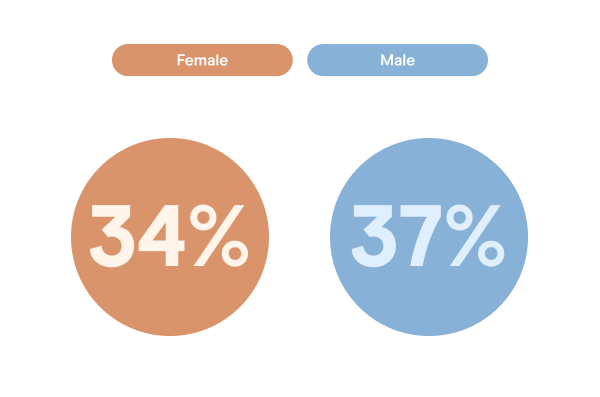
Gen Z: Learned legal rights and obligations about consent
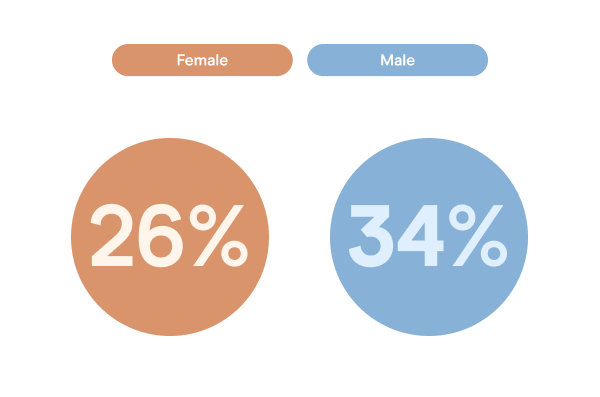
Gen Z: Top self-educational resources
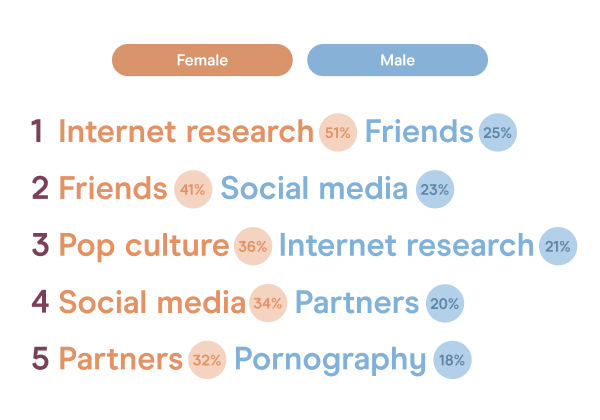
Gen Z females self-educate at twice the rate of males, suggesting that there is an important window during school to educate and set up our youth for success.

Older generations have completely missed out on critical
lessons. Around 40% of female baby boomers and 50% of male
baby boomers said they never received formal sex education
on ANY of the topics we asked about.
This includes: how pregnancy occurs, contraception, STIs,
legal responsibilities around consent, how to discuss
consent, respectful relationship, the difference between
pornography and “real” sex, and LGBTQ+ sex.
To put it bluntly: we're failing our LGBTQ+ community with our current sex education. For those in Gen Z, 0% of females and less than 10% of males learned how to have safe LGBTQ+ sex.
Just 10% of females and 12.5% of males learned about the difference between porn and “real” sex in school.
02: The Orgasm Gap
Boomers have the biggest orgasm inequality, with males orgasming 79% of the time and females just 39%

The 'orgasm gap' was originally used to describe an imbalance in orgasm frequency between straight men and women - but our report found there are orgasm gaps everywhere you look.
Females are orgasming less across every generation.
People who said they 'always or nearly always' orgasm during sex

The Bright Spot
The gender orgasm gap appears to be shrinking in younger generations - with the gap for Gen Z being 64% among males and 46% among females. For females, rates of orgasm are highest among Millennial women (49%) - so still less than a majority!

Relationship status impacts the orgasm gap:
•
Sex while single (casual sex) is twice as pleasurable for males (66% for males vs. 33% for females).
•
Dating is the sweet spot for females - though males are still having more orgasms (71% for males vs. 56% for females).
•
Married or defacto relationships are better than dating for males, but worse than dating for females (81% male vs. 47% female).
•
Widowed, divorced or separated people have the biggest orgasm gap of all (87% for males vs. 36% for females).
Tasmania has made history by being the only Australian state or territory to have a gender orgasm gap in favour of female-identifying people (64% to 50%!)
WA is the most unequal state, with an orgasm gap of 80% for males (always or mostly orgasming) to 35% for females.
03: Changes In The Landscape
We've changed what we're doing in the bedroom (and the role of technology in our sex lives)

Younger females have tried more kink, sexting and anal sex than their older counterparts.
Boomer males have explored more foreplay and given less anal sex, while younger males are most enthusiastic about BDSM & kink.


State Vs State
West Australia is the kinkiest state (18% of
people in West Australia have tried Kink / BDSM / Fetish play)
and Northern Territory is the long distance
lovers' state (19% have tried phone or video sex).
Tasmanians will keep you warm even in cold
weather, being the most likely to get things started with
foreplay, and to give oral sex - while
Northern Territory,
West Australia and
Tasmania were the most avid sexting states.
West Australians were the most likely to give
anal sex (23%), while Victoria had the highest
rates of receiving at 18%. And who could forget
Queensland - the state with the most fans of
sex with more than one person (11%).
Faking It
Rates of orgasm faking (always or most of the time) are actually higher among young males than young females

This dynamic flips in older generations, with just 1% of Boomer males and 0% of Senior males faking orgasms, compared to 10% and 13% for females respectively.
Communication
Millennials are the most communicative generation when it comes to sex.
'Always or often talk to their partners about sex'
Gen Z 18% females / 16% males
Millennial 25% females / 33% males
Gen X 18% females / 25% males
Boomers 11% females / 21% males
Senior 16% females / 18% males
Are You Lights On Or Lights Off?

In terms of reasons, 'I don't like how I look naked' is the winner among females, with 34% of Gen Z and 47% of female Seniors reporting this. For males who prefer the lights off during sex, the biggest reason given is arousal.
Frequency Of Sex
The majority of people are having sex between once a month and a couple of times a week - but across the board we think everyone is having more sex than they really are!



A majority of Gen Z & Millennial females have already
bought or used a sex toy. Among males, sex toy usage is
strongest among baby boomers, but significant among
younger men, with 29% of Gen Z and 33% of Millennials
having bought or used a sex toy.
And for females who learned about sex toys in sex education,
64% always or nearly orgasm during sex with others -
compared to 42% among those who didn't.
04: Sex and Issues
Anxiety, body image & sexual skills are big concerns for young Australians

Body image is the biggest concern for young females when it comes to enjoying sex, while younger males are most concerned with being able to give partners more pleasure.
Gen Z female
Body image making it hard to enjoy sex 33%
Not knowing how to do certain sex acts or positions
31%
Not feeling confident during sex 31%
Gen Z male
Wanting to give my partner more pleasure 35%
Not feeling confident during sex 25%
Body image making it hard to enjoy sex 13%
Millennial female
Body image making it hard to enjoy sex 40%
Low self esteem in everyday life affecting my sex
life 35%
Not feeling interested in sex 32%
Millennial male
Wanting to give partners more pleasure 27%
Body image making it hard to enjoy sex 25%
Not feeling confident during sex 21%
Issues experienced by Gen X females

Issues experienced by Gen X males

Boomer females reported a dramatic rise in the frequency of
sexual issues, and not feeling interested in sex (51%) replaces
body image as the top issue (26%).
While the #1 concern among younger males (Gen Z, Millennials &
Gen X) is giving more pleasure to a partner, it becomes 'not
being able to last as long in bed' for Boomers (31%).
Senior female
Not feeling interested in sex 30%
Not feeling confident during sex 30%
Body image making it hard to enjoy sex 17%
Senior male
I want to give my partner more pleasure 44%
Not being able to hold erections or last as long as
I want 36%
Low libido, drive or desire for sex 19%
05: LGBTQ+
LGBTQ+ Australians are living different sexual realities

The LGBTQ+* community is diverse, and our report finds that this diversity means experiencing sexuality in a number of different ways.
Lesbians are the most generous lovers - with gay men & those who self-described as other LGBTQ+ identities prioritising their own pleasure more
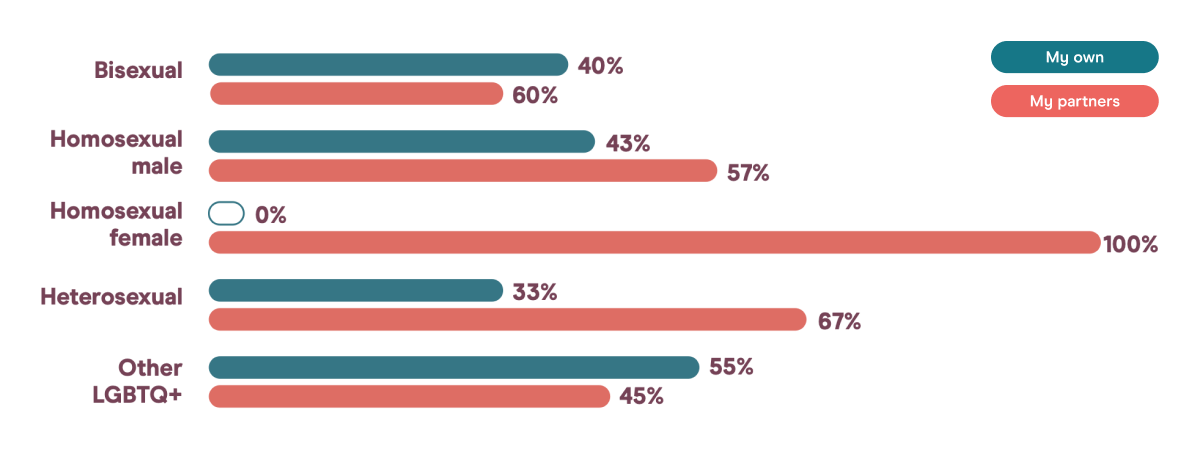
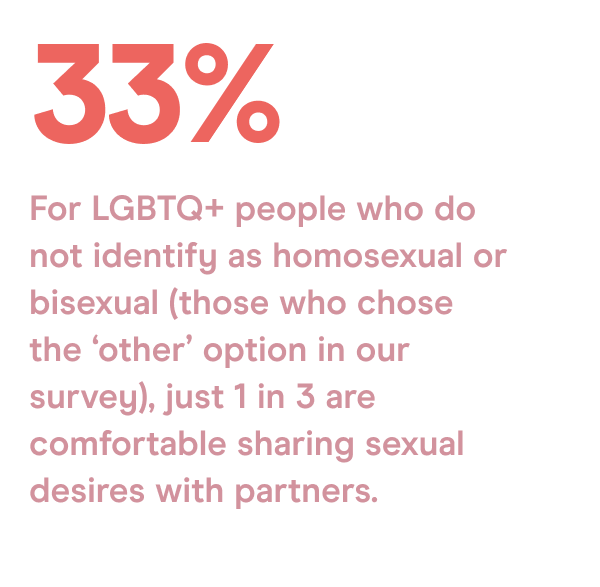
Lesbians who prioritise partner's pleasure in sex

Bisexuals and gay men have had the most partners, substantially above the average for heterosexuals, with lesbians and other LGBTQ+ identities having fewer partners on average than heterosexuals.
Number of sexual partners differs substantially
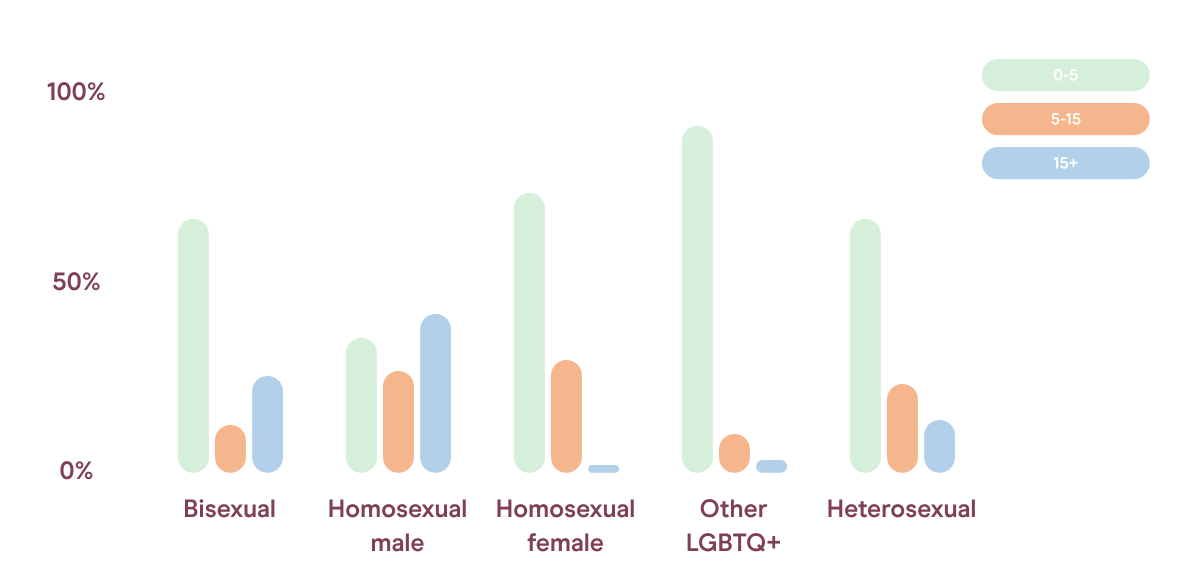
Lesbians are the most satisfied with their sex lives - while gay men are the least
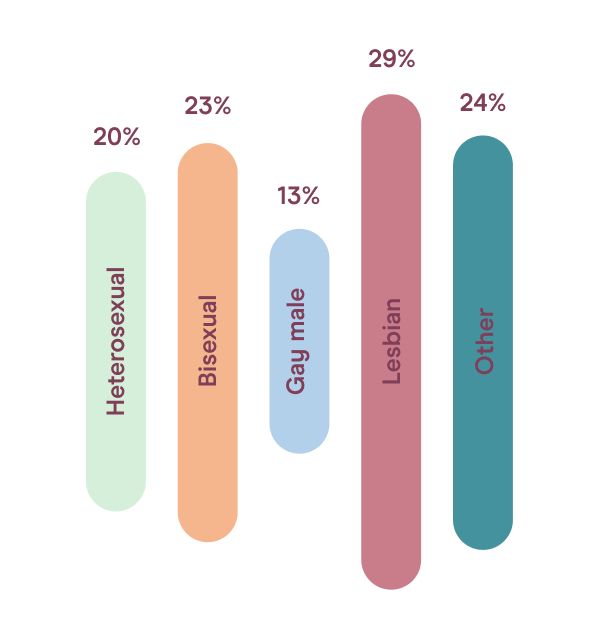
*Note: Where the terms 'female' and 'male' are used, this refers to female-identifying and male-identifying respondents in terms of gender. Where sexuality is listed as 'Other', respondents have chosen not to categorise as heterosexual, bisexual or homosexual for the purposes of this survey. This community is vitally important to NORMAL, and due to the small sample size of respondents listing their gender and/or sexuality as 'other', NORMAL plans to run a separate survey focussed on these communities which can deliver more robust findings.
